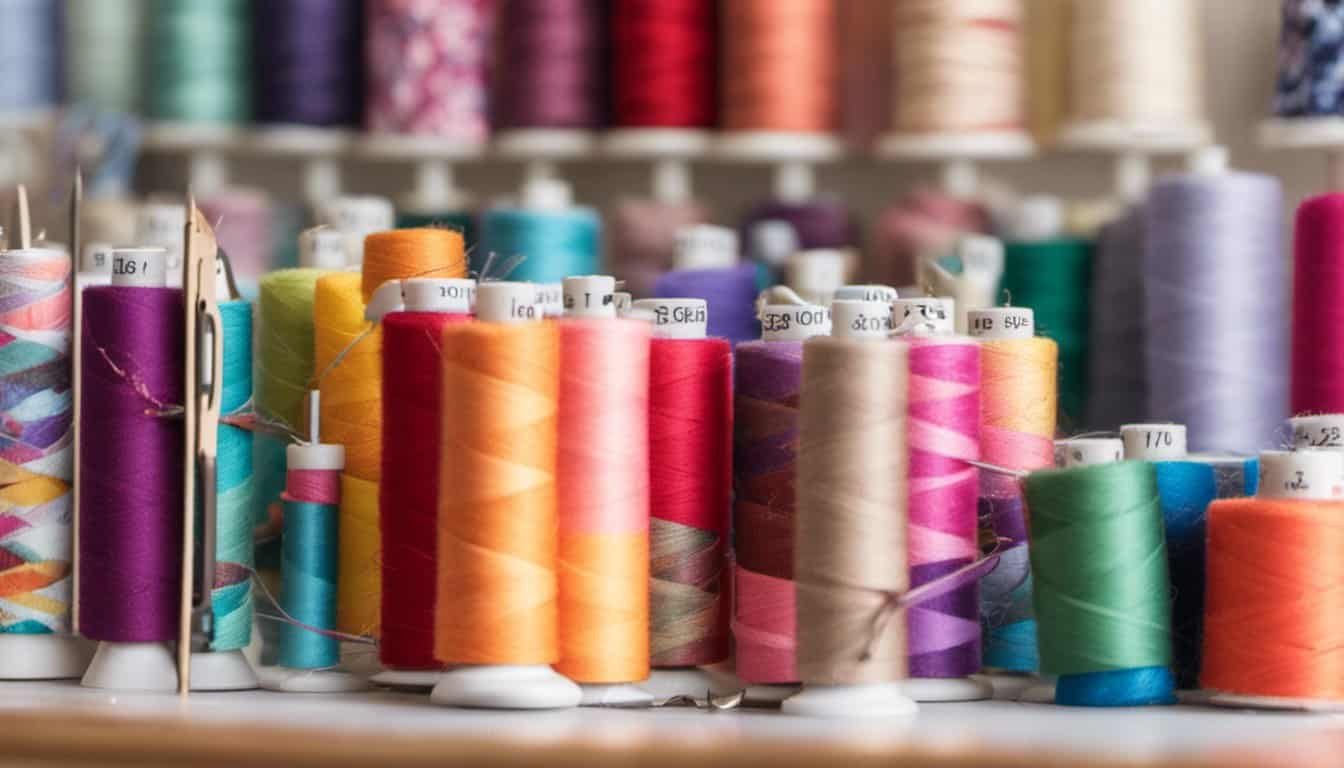There’s something special about cooking with fresh herbs and spices, and having them neatly organized makes the experience even better. I love the idea of a fabric spice bag that not only keeps my spices in check but also adds a personal touch to my kitchen. It’s a simple project that combines creativity with practicality, perfect for both novice and experienced sewists.
Materials Needed
Gathering the right materials is essential for sewing a fabric spice bag. This selection ensures a smooth process and a final product that stands out in your kitchen.
Fabric Selection
Choosing the right fabric is crucial for durability and visual appeal. I recommend using cotton for its breathability and ease of washing. Opt for colorful patterns or prints that complement your kitchen decor, or select solid colors if you prefer a more classic look. A fat quarter (18 x 22 inches) provides ample material for a standard spice bag.
Other Supplies
In addition to fabric, several supplies are necessary:
- Sewing Machine: Invest in a reliable machine with straight and zigzag stitching options.
- Thread: Choose all-purpose thread that matches your fabric color.
- Scissors: Use sharp fabric scissors for clean cuts.
- Measuring Tape: A flexible measuring tape aids in precise measurements.
- Pins: Get plenty of straight pins to hold fabric pieces in place while sewing.
- Iron: An iron helps to press seams and make your bag look polished.
- Marking Tool: Use fabric chalk or a washable marker to mark cutting lines or design elements.
Collecting these materials ahead of time streamlines the sewing process and enhances your crafting experience.
Step-by-Step Instructions
Creating a fabric spice bag is a simple and rewarding sewing project. Follow these detailed steps to craft your own spice bag for cooking.
Preparing the Fabric
- Choose your fabric. Select cotton fabric for durability and aesthetics. I prefer bright colors or patterns that brighten up my kitchen.
- Wash and iron. Pre-wash your fabric to remove any chemicals and prevent shrinking. Iron the fabric flat for an easy cutting process.
- Measure and cut. Measure a rectangle of fabric based on the desired size of your spice bag. A common size is 12 inches by 8 inches. Cut two identical pieces for the front and back.
Sewing the Bag
- Pin the fabric. Place the two fabric pieces together, right sides facing each other. Pin around the edges to secure them.
- Sew the edges. Using a sewing machine, sew a straight stitch around the perimeter, leaving a gap of about 2 inches for turning the fabric later. Use a ¼-inch seam allowance.
- Clip the corners. Carefully cut off the corners to reduce bulk when turning the fabric right side out.
- Turn the bag. Turn the fabric inside out through the gap. Use a chopstick or pencil to push out the corners for a crisp finish.
Finishing Touches
- Topstitch the opening. Iron the bag flat, then fold in the seam allowance at the opening. Stitch close to the edge to secure it.
- Add a drawstring. Cut a length of ribbon or fabric that matches your bag, approximately 24 inches long. Thread it through the top casing of the bag, tying a knot at each end to prevent slipping.
- Fill and close the bag. Fill the bag with your favorite spices or herbs and cinch it closed with the drawstring. Your fabric spice bag is now ready to enhance your cooking experience.
Tips for Using a Fabric Spice Bag
Using a fabric spice bag not only keeps spices organized but also enhances flavor in dishes. Here are some tips for maximizing the effectiveness of your spice bag.
Flavor Combinations
Combine spices thoughtfully for balanced flavors. Consider these combinations:
- Italian Herbs: Basil, oregano, and thyme create a robust flavor profile.
- Curry Mix: Pair cumin, coriander, and turmeric for warmth in dishes.
- Baking Spices: Nutmeg, cinnamon, and ginger work well for sweet treats.
- BBQ Blend: Mix paprika, garlic powder, and black pepper for grilling.
Adjust quantities based on your personal taste preferences. It’s helpful to create a small test blend before filling your spice bag completely.
Storage Suggestions
Store the spice bag in a cool, dark place to maintain optimal freshness. Keep these tips in mind:
- Avoid Sunlight: Direct sunlight can diminish flavor potency.
- Use Airtight Containers: For longer-lasting freshness, store spice bags in airtight jars or containers.
- Label Clearly: Use labels on your spice bags to identify contents easily.
By following these storage suggestions, you’ll ensure your spices remain vibrant and flavorful for your next cooking adventure.
Benefits of Using a Fabric Spice Bag
Using a fabric spice bag offers numerous advantages that can enhance both your cooking routine and kitchen organization.
Improves Flavor Control
A fabric spice bag allows for easy management of spices in dishes. By using a spice bag, I can simply drop it into a pot or pan, which prevents spices from scattering throughout the meal. This method helps maintain concentrated flavors while making it easy to remove the bag once cooking completes.
Encourages Freshness
Storing spices in a fabric spice bag protects them from moisture and light, thus extending their freshness. Dry herbs and spices retain their full flavor much longer when kept secure and out of direct sunlight.

Promotes Customization
Creating my own fabric spice bag gives me the freedom to choose the materials and patterns I love. Customizing the bag allows me to reflect my personal style while benefiting from a practical kitchen tool.
Enhances Kitchen Aesthetics
A handmade fabric spice bag adds a decorative touch to my kitchen. With vibrant colors and patterns, the spice bag becomes an attractive element on my counter or hanging in a spice rack.
Supports Sustainability
Using a fabric spice bag contributes to a more sustainable kitchen. Cloth bags reduce reliance on plastic or disposable options. By creating and reusing fabric spice bags, I can actively participate in eco-friendly practices in my cooking.
Simplifies Spice Organization
A fabric spice bag simplifies the organization of spices. It allows me to group together spices that complement each other, making it easier to grab the right flavors when cooking. This level of organization streamlines my cooking process, leading to a more enjoyable experience.
Exploring the benefits of using a fabric spice bag highlights its role in producing delicious meals while keeping my kitchen stylish and organized.
Conclusion
« Transform Your Outdoor Space: Discover How to Sew a Fabric Porch Pillow Like a Pro
Struggling with Your Serger? Discover the Ultimate Fix for When Your Serger Won’t Cut »
Creating a fabric spice bag is such a rewarding project. Not only does it bring a touch of creativity to my kitchen but it also keeps my spices organized and fresh. I love how I can customize it to match my style and preferences.
Every time I reach for my spice bag, it reminds me of the joy of cooking with fresh flavors. Plus it makes the whole process feel more special. I hope you give this project a try and enjoy the benefits it brings to your cooking adventures. Happy sewing and cooking!

















